Mechanotherapies, using a robotic system to deliver consistent and adjustable compression forces to leg muscles, are said to improve the process of muscle fiber regeneration.
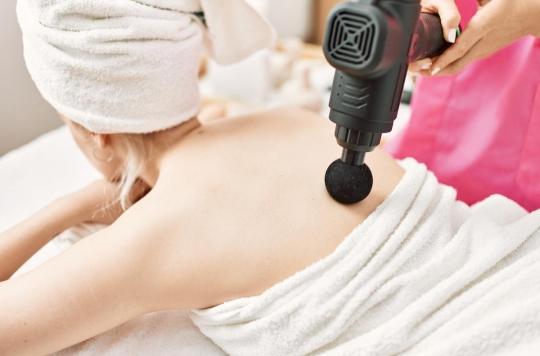
- This technique doubles the rate of muscle regeneration and reduces tissue scarring in two weeks.
- For greater efficiency, it is necessary to act in the first moments after the injury.
- This mechanism could regenerate a wide variety of tissues, including bones, tendons, hair and skin.
It is a technology that some athletes can no longer do without. For quite a bit, massage guns have replaced hand massage to heal sore and injured muscles. In a new study, published October 6 in the journal Science Translational Medicineresearchers at Harvard University confirm the benefits of these mechanotherapies for regenerating muscle fibers but also rapidly eliminating immune cells from seriously injured muscle tissue.
A technique that can be used for different diseases
At the question : “do mechanotherapies really improve healing after a serious injury?”, the American researchers answer “yes”. Using a custom-designed robotic system to deliver consistent and adjustable compressive forces to the mice’s leg muscles, the team found that this mechanical load rapidly removes immune cells, called neutrophils, from severely injured muscle tissue. This process also removed inflammatory cytokines released by neutrophils from the muscles, thus improving the process of muscle fiber regeneration.
“Our work shows a very clear link between mechanical stimulation and beneficial effects on the body, which shows promise for regenerating a wide variety of tissues, including bones, tendons, hair and skin.underlines Bo Ri Seo, lead author of the study. This can also be used in patients with conditions that preclude the use of drug interventions.”
Greater repair and strength recovery
For their study, the researchers explored the effects of mechanotherapy on injured tissue in mice. They found that it doubles the rate of muscle regeneration and reduces tissue scarring within two weeks. “Excited,” the scientists wanted to probe deeper into exactly how this process works in the body to determine what parameters maximize healing. They have developed a device that precisely controls what amount and frequency of applied force is most effective.
They found, in mice, that the muscles experience a tension of between 10 and 40%, confirming that the tissues experience a mechanical force. They also used this ultrasound imaging data to develop and validate a computer model that could predict the amount of tissue tension under different loading forces. They then applied constant, repeated force to the injured muscles for 14 days. While both treated and untreated muscles showed a reduction in the amount of damaged muscle fibers, the reduction was more pronounced and the fiber cross-section was greater in the treated muscle, indicating that treatment led to greater repair and strength recovery.
Act well at the start of the injury
The scientists then investigated how come the greater the force applied during the treatment, the stronger the injured muscles became. It turns out that this force applied to the muscle by mechanotherapy effectively extracts neutrophils and cytokines from the injured tissue, which are factors linked to inflammation. In addition, the researchers noted that to improve muscle regeneration, it is best to get neutrophils out of the injury site early. “These results are remarkable because they indicate that we can influence the function of the body’s immune system in a non-invasive and drug-free way.rejoices Conor Wals, co-author of the study. This provides great motivation for the development of external mechanical interventions to help accelerate and improve muscle and tissue healing that have the potential to be rapidly translated into the clinic..”









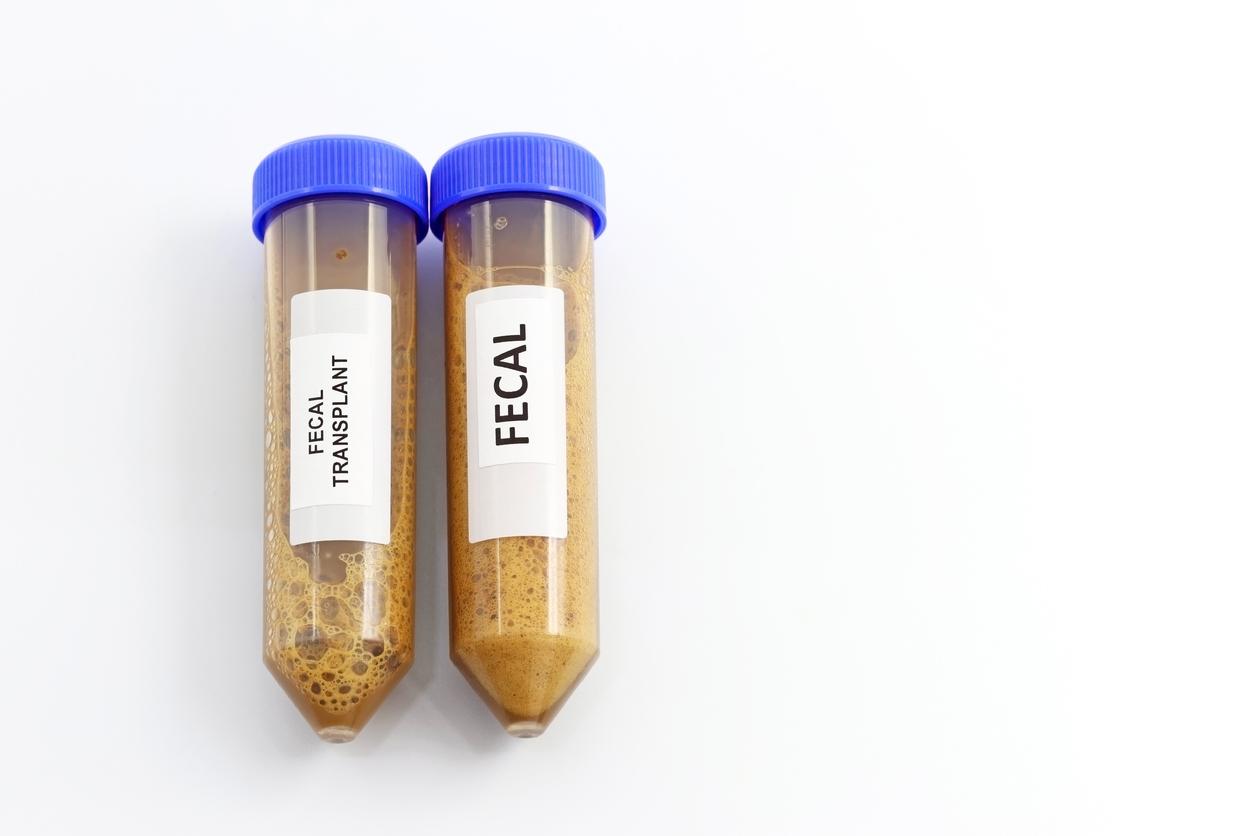
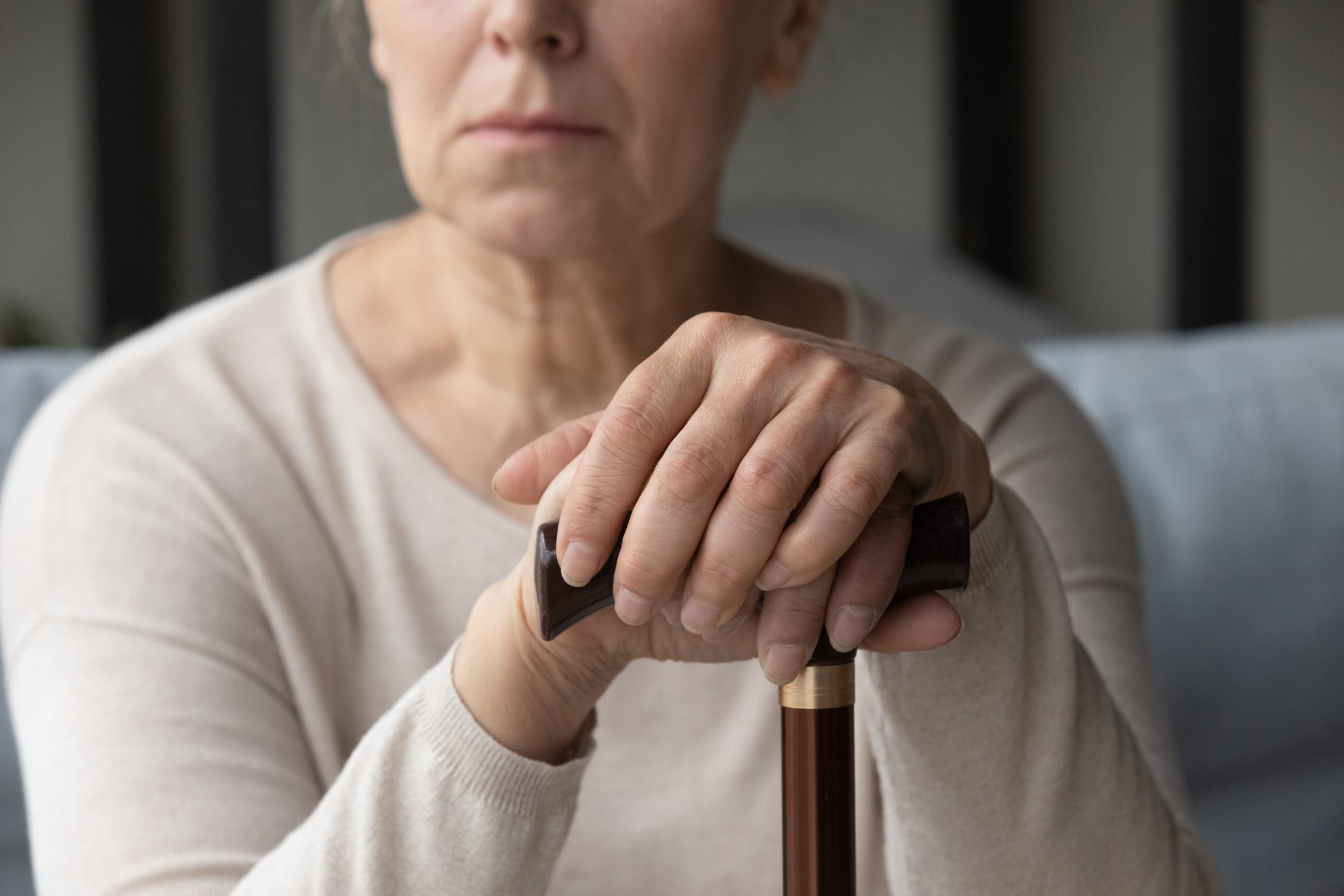
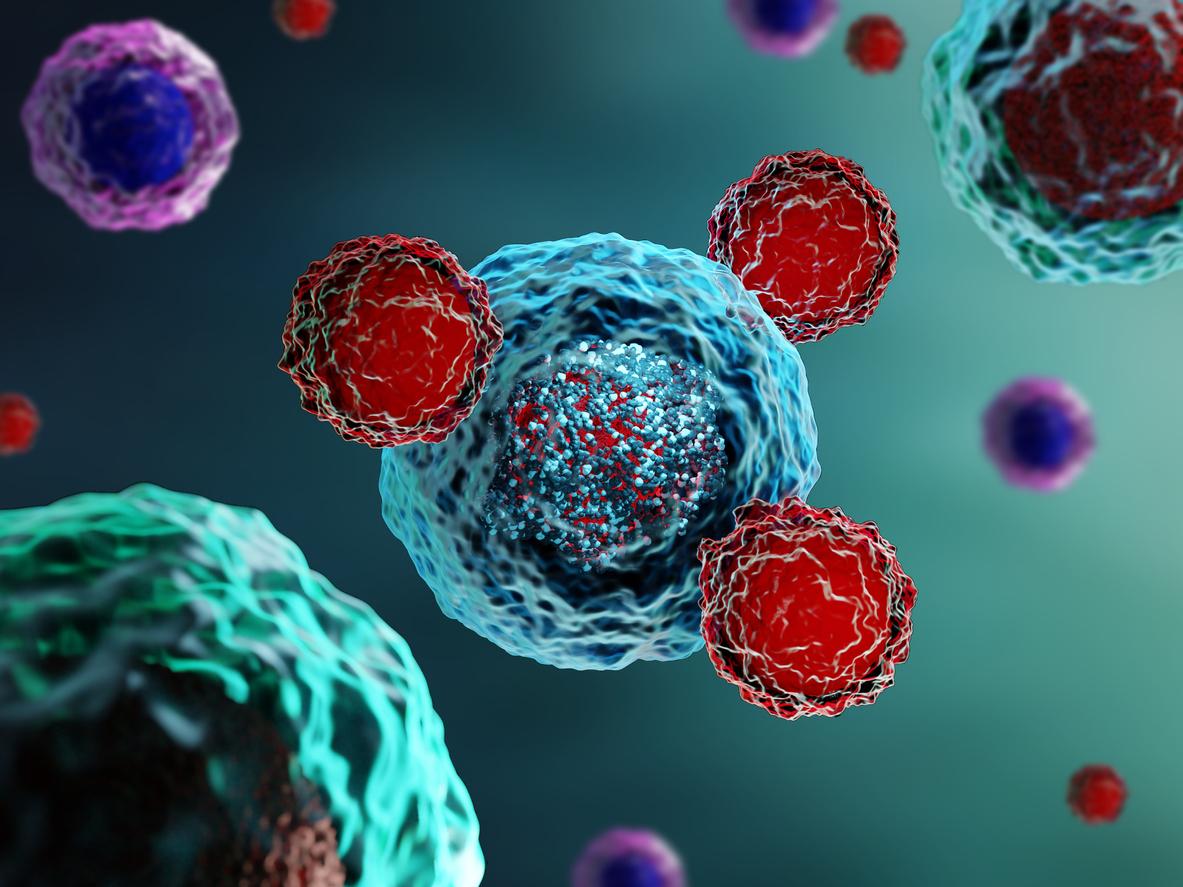
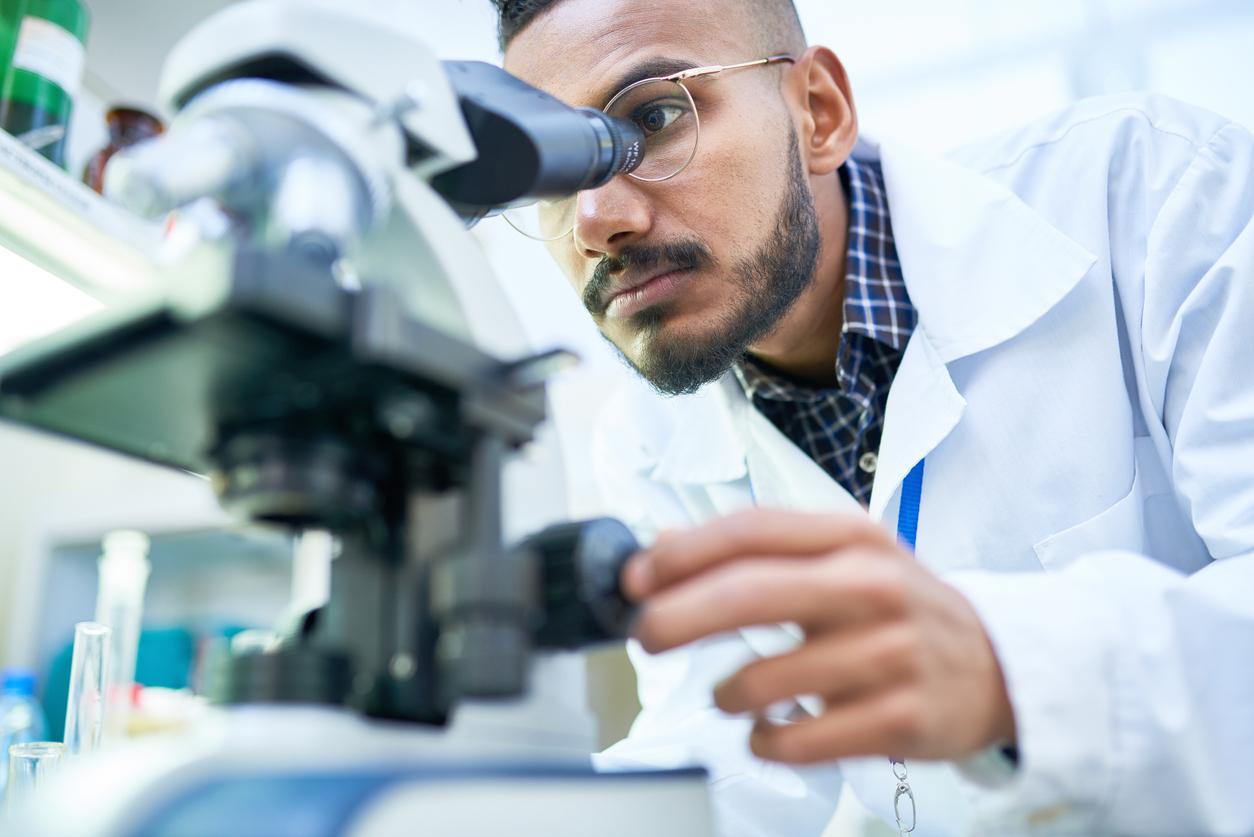
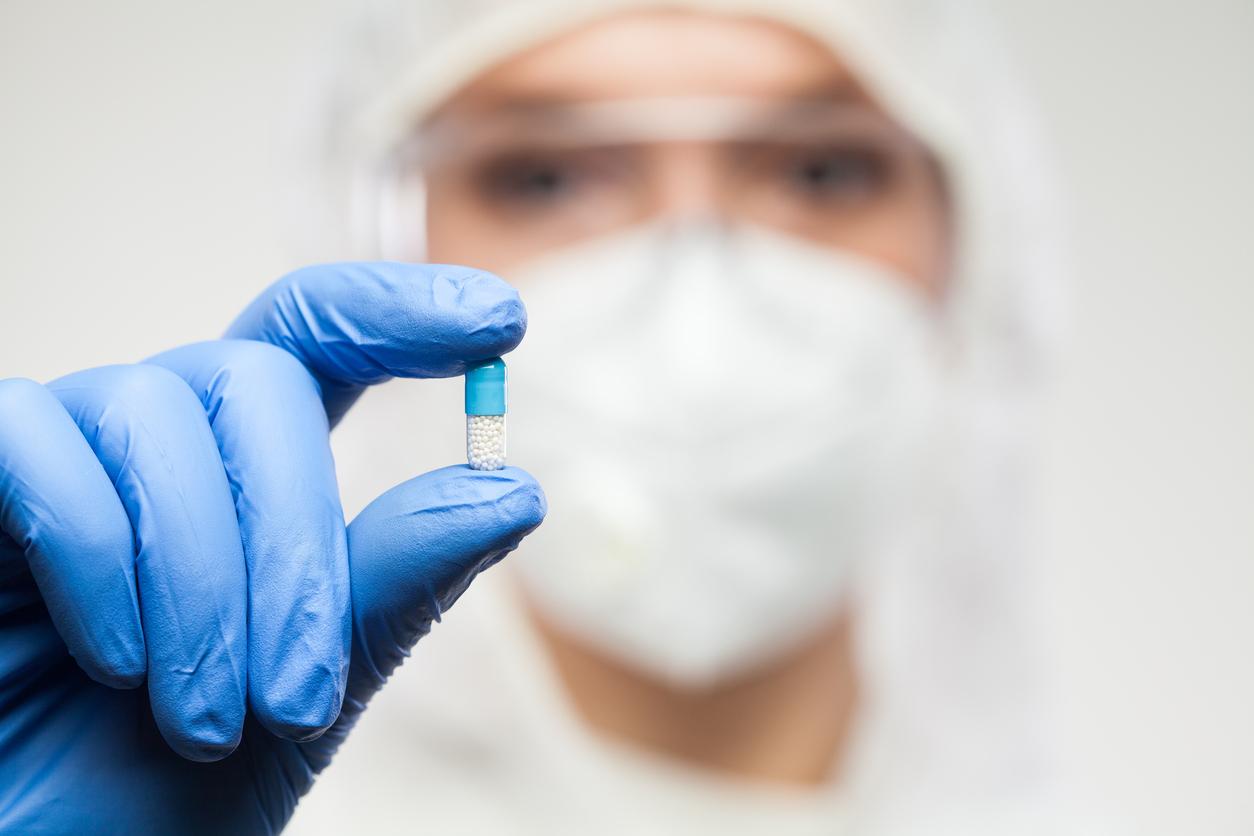


-1610038562.jpg)
